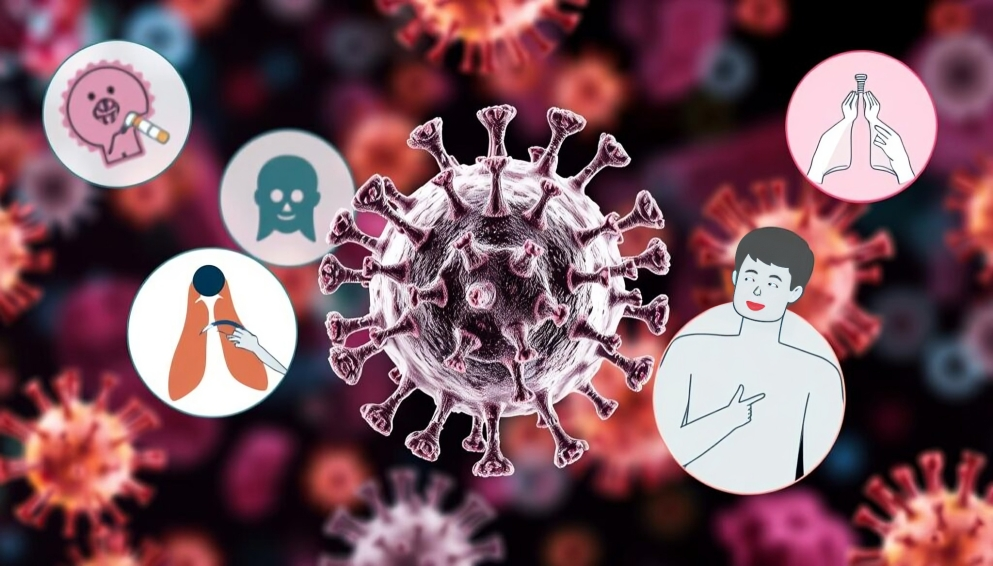
A new respiratory virus, human metapneumovirus (HMPV), is spreading rapidly across parts of Asia, raising concerns among health experts and the public. Known for causing cold-like symptoms that can escalate into severe respiratory issues, HMPV is being compared to COVID-19 due to its rapid transmission and potential to overwhelm healthcare systems. Here’s what you need to know to protect yourself and your loved ones.
Human Metapneumovirus, or HMPV, is a contagious respiratory virus that primarily spreads through respiratory droplets from coughs or sneezes, close contact with infected individuals, or touching contaminated surfaces. Its recent rapid spread in parts of Asia has alarmed health authorities.
The symptoms of HMPV often start mildly, resembling those of the common cold, such as cough, fever, nasal congestion, and sore throat. However, in some cases, particularly among young children, older adults, and people with weakened immune systems, the virus can cause severe complications like bronchitis or pneumonia. In extreme cases, these complications may require hospitalisation.
Currently, there is no vaccine or specific antiviral treatment for HMPV. Management involves supportive care, such as staying hydrated, resting, and using fever reducers and decongestants as needed. Severe cases may require oxygen therapy or intensive care.
Reports from affected areas, including parts of China, indicate overwhelmed hospitals and a rising number of infections. Videos circulating on social media show overcrowded emergency rooms, sparking fears of another large-scale health crisis. Simultaneous circulation of other respiratory illnesses, such as influenza A, mycoplasma pneumoniae, and COVID-19, is further complicating the situation.
Although health practitioners have not outlined specific measures to control the virus, there are steps individuals can take to help limit its spread. Washing hands frequently with soap and water for at least 20 seconds is essential in reducing the transmission of germs. Avoiding close contact with individuals who are visibly sick can also help minimise exposure to the virus.
Wearing masks in crowded or poorly ventilated areas provides additional protection, especially in high-risk settings. Disinfecting commonly touched surfaces, such as doorknobs and mobile devices, can help eliminate traces of the virus. Finally, staying home when feeling unwell and seeking medical attention if symptoms worsen are key to managing the spread and severity of infections.
Human Metapneumovirus (HMPV) belongs to the same family of viruses as Respiratory Syncytial Virus (RSV). HMPV is part of the Pneumoviridae family, which also includes RSV and shares similar patterns of transmission and symptoms. It is most active during late winter and spring, though outbreaks can occur year-round. The virus affects all age groups but poses the greatest risk to young children under five, the elderly, and individuals with underlying health conditions, such as asthma or chronic obstructive pulmonary disease (COPD).
HMPV’s potential to cause widespread illness and strain healthcare systems underscores the importance of vigilance. As the virus continues to spread, public health officials emphasise the need for timely reporting, accurate information, and preventive measures to minimise its impact.
Read Full Story
























Facebook
Twitter
Pinterest
Instagram
Google+
YouTube
LinkedIn
RSS